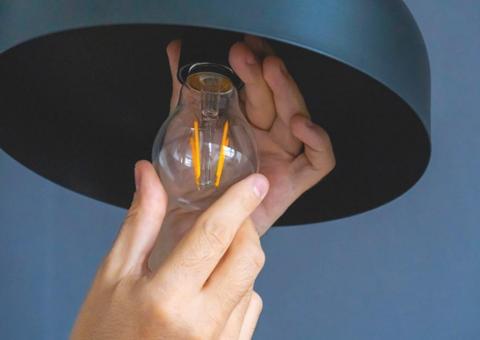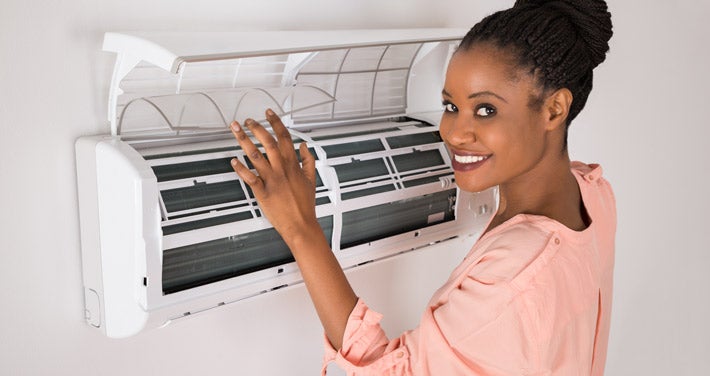Energy efficient improvements can yield long-term cost savings and increase the value of your home. In this four-part series, we’ll explore ways to save on heating and cooling, appliances, insulation and weatherization, and lighting. You’ll be surprised how simple it is to reduce your home's energy use by making small changes to your daily routines. Here in Part 3, we’ll share some tips on energy-efficient lighting.
According to Energy.gov, lighting accounts for around 15% of an average home's electricity usage.
In 2012, the U.S. Department of Energy began phasing in new standards for lighting. As a result, most of the light bulbs sold today use 25 to 80 percent less energy than their incandescent counterparts. They come in a wide range of choices in color and brightness, and many of them last much longer than traditional light bulbs. Though most of us have been admonished at one time or another to turn off the lights when leaving a room, it still bears repeating. Here are more ways to save.
- You can lower your lighting bill by converting to newer energy-efficient, low-wattage, LED (light-emitting diode) light bulbs and fixtures.
- Take advantage of natural light as much as possible to keep the need for bulbs to a minimum throughout the day.
- Dimmers are easy to install. The brightness can be increased to provide just the right amount of light for the task at hand, then lowered again for a more relaxed ambience.
- Avoid dark or thick lampshades, which can absorb or block light more than a translucent shade. The same goes for dirty light bulbs.
- Turn to task lighting. It’s more cost-effective, and can reduce eyestrain and fatigue better than broad overhead lighting.
- Consider installing motion sensors that will automatically turn the lights on when someone enters the room and – more importantly – turn them off when someone leaves.
- Right bulb, right place: Unless you’re performing surgical procedures, an overly lit room can give your living space a clinical vibe – and wastes energy, to boot. Choose the most appropriate bulb for your space. PRO TIP: The higher the number of lumens, the brighter the bulb.
Key Takeaways:
- Almost 90 percent of the energy given off by incandescent light bulbs is in the form of heat. Not only is that energy wasted, but it can place an undue burden on cooling systems during the summer months.
- Energy-efficient bulbs may cost more to purchase than traditional bulbs, but they’ll pay for themselves in the long run.
- Today, light bulbs are labeled according to the amount of light (lumens) they produce – not the amount of energy they consume (watts). The Lighting Facts Label will help you choose the right bulb for your needs.





